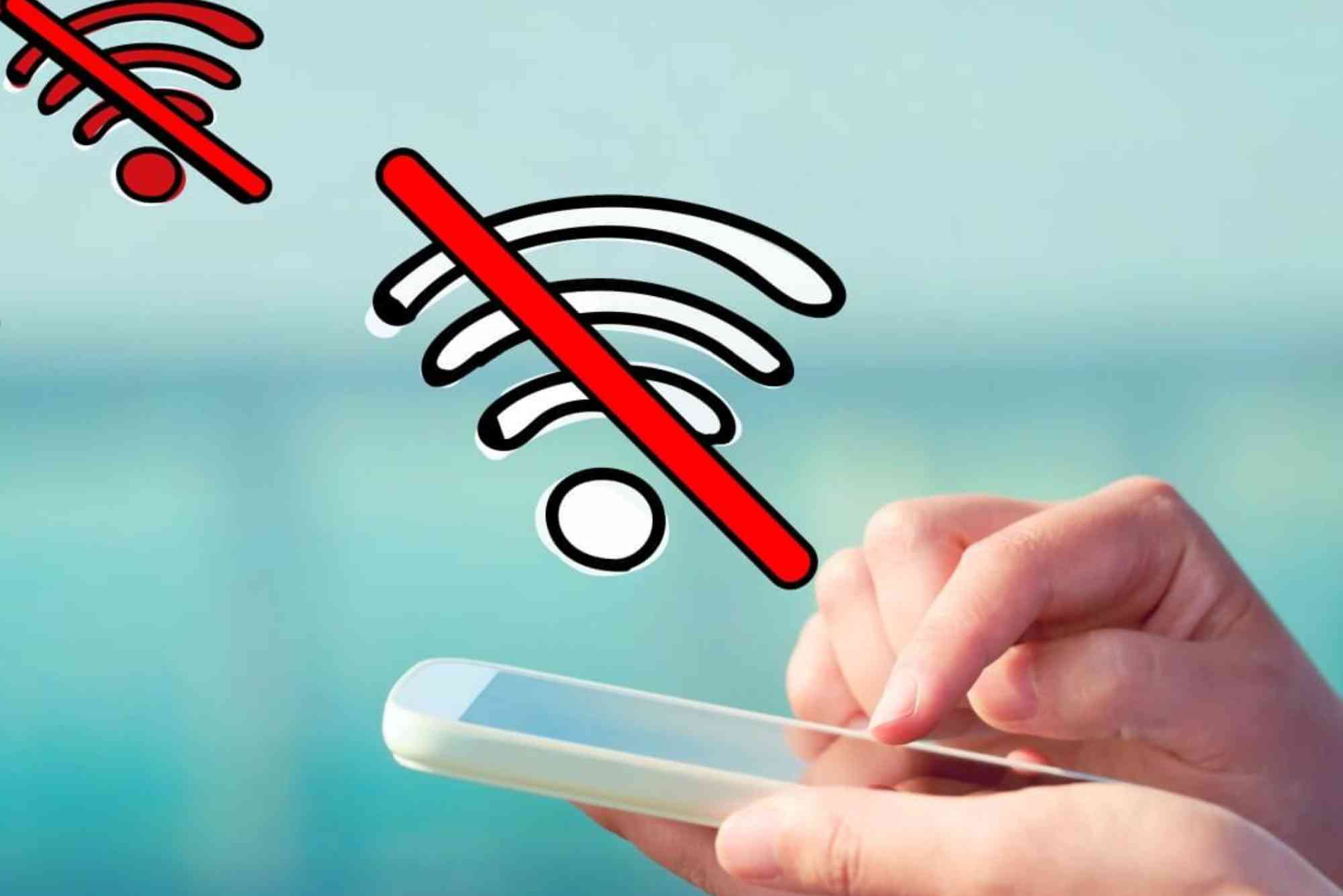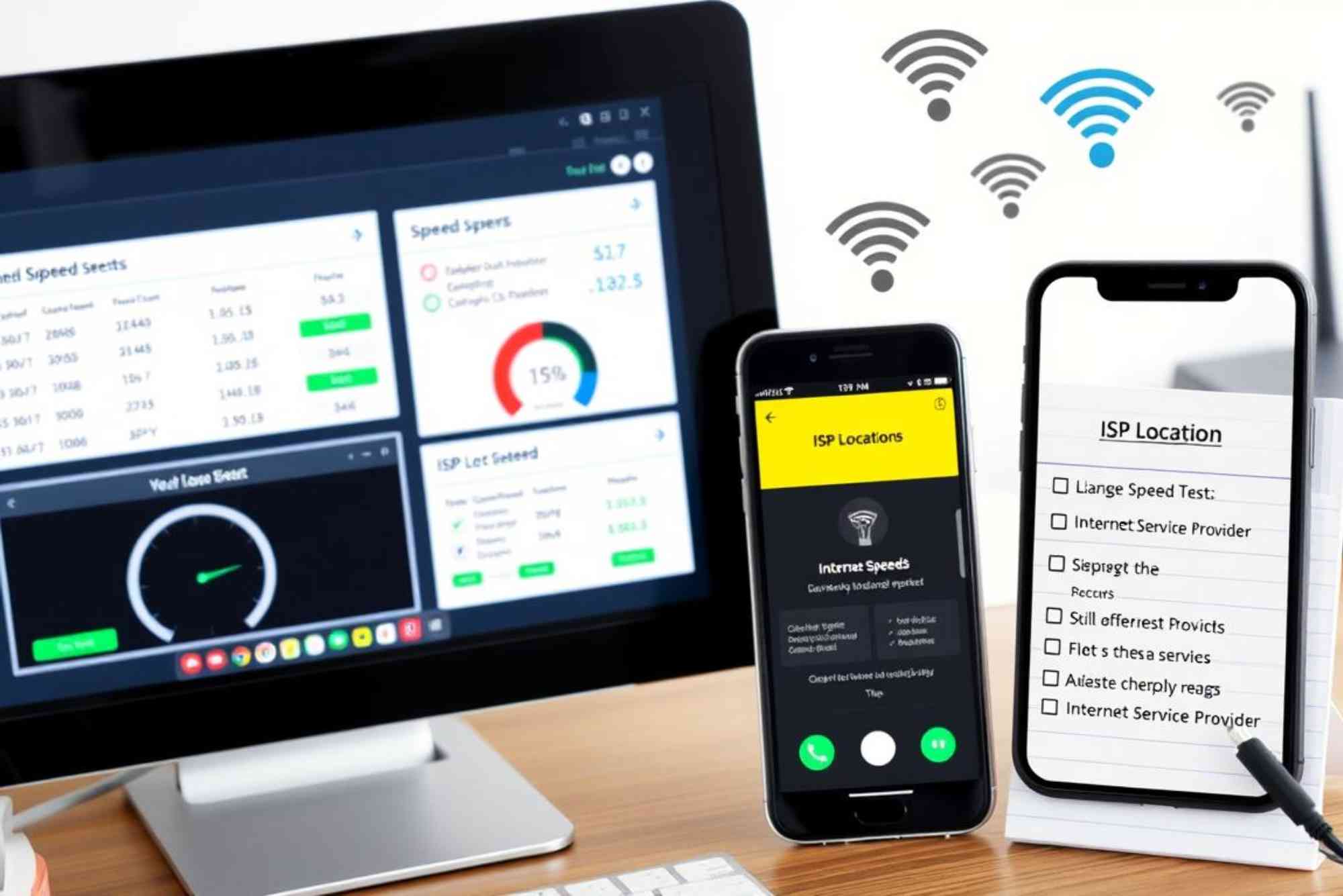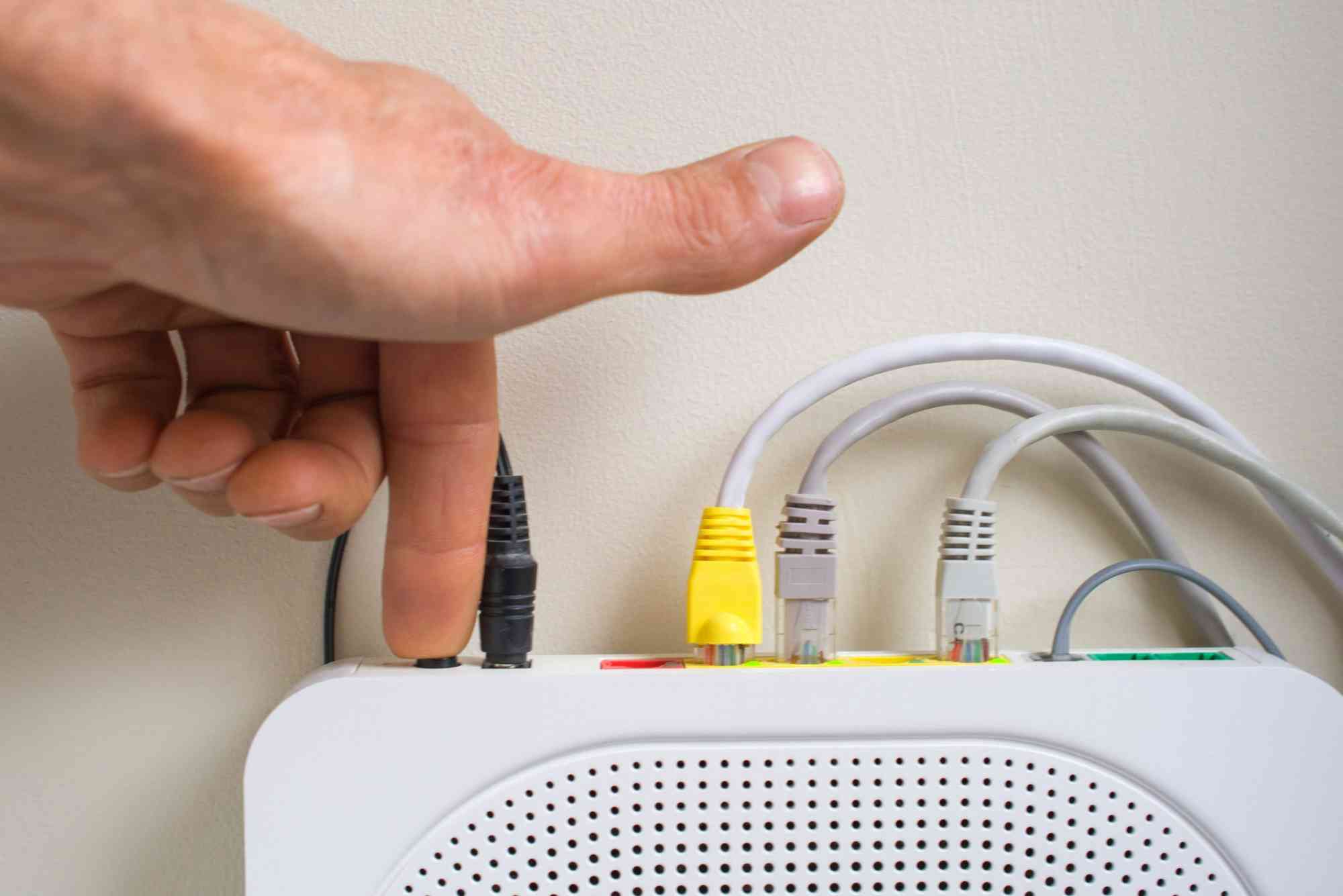Why Is ISP Upload Speed So Low and How to Fix It
In today’s digital world, reliable internet is as essential as electricity. While most people focus on download speed, upload speed plays an equally critical role in ensuring smooth online experiences. Whether you are attending video meetings, uploading files, or streaming live, a low upload speed can quickly turn into frustration. Many users wonder, why is ISP upload speed so low compared to download speed, and what can be done about it? Understanding the reasons behind this common issue and learning how to resolve it can make a big difference in how you use the internet every day.
Why Upload Speed Matters
Upload speed is the rate at which data travels from your device to the internet. If download speed is about bringing content to you, upload speed is about sending your content out. Whenever you upload a document to cloud storage, share photos on social media, or play online games that require real-time interaction, upload speed is critical. For businesses and remote workers, low upload speed can disrupt meetings, delay file transfers, and reduce productivity. For gamers and streamers, it can mean laggy gameplay or poor-quality streams. In short, a slow upload speed affects much more than you might think.
Why Is ISP Upload Speed So Low?
The short answer is that most internet service providers prioritize download speed because the majority of users consume more than they produce. However, there are deeper reasons behind this imbalance.
Asymmetrical Internet Connections
Most residential internet connections are asymmetrical, meaning they provide higher download speeds than upload speeds. This design is based on consumer habits, where streaming videos, browsing, and downloading files are more common than uploading. ISPs shape their networks to meet this demand pattern, which explains why upload speed is usually much lower.
Network Infrastructure Limitations
Cable and DSL connections, still widely used, rely on infrastructure not designed for heavy upstream traffic. The bandwidth allocated for uploads is limited, and upgrading infrastructure requires significant investment from ISPs. Fiber-optic internet, in contrast, often offers symmetrical speeds, but its availability remains limited in many areas.
ISP Bandwidth Management
Another reason why ISP upload speed is so low is bandwidth management. To prevent network congestion, ISPs often throttle or limit upload speeds. This helps maintain stability across users, especially during peak hours. Unfortunately, it leaves individuals with slower uploads when they need it most.
Cost and Business Strategy
High upload speeds are often reserved for business internet packages, which come at a premium. By keeping residential upload speeds low, ISPs encourage customers to upgrade to costlier business plans. This business model benefits providers but frustrates regular users who need better performance.
Shared Networks and Congestion
On cable internet, bandwidth is shared among multiple households. If many people in your neighborhood are uploading at the same time, your upload speed can drop dramatically. This explains why speeds often slow down during evenings when more users are online.
How to Test Your Upload Speed
Before troubleshooting, you need to know your current speed. Free tools like Ookla Speedtest, Fast.com, or Google Speed Test provide quick insights into both download and upload speeds. Run multiple tests at different times of the day to see how your upload speed fluctuates. If it consistently falls short of your ISP’s promised rate, the issue may not be temporary congestion.
How to Fix Low Upload Speed
Now that we understand why ISP upload speed is so low, let’s explore practical solutions to improve it.
Optimize Your Home Network
Sometimes, the bottleneck is not your ISP but your home setup. Position your router in a central location, away from obstructions. Update your router’s firmware regularly and use wired Ethernet connections for tasks that require stable speeds. Wi-Fi can introduce interference and reduce upload performance.
Limit Background Applications
Check which applications are consuming your bandwidth. Cloud backups, software updates, or streaming services running in the background can reduce available upload speed. Closing unnecessary apps or scheduling updates during off-peak hours helps free up bandwidth.
Upgrade Your Equipment
Older routers and modems may not support higher speeds. Investing in modern hardware compatible with your ISP’s latest standards can significantly boost performance. For example, a Wi-Fi 6 router offers better handling of multiple devices, reducing strain on your connection.
Talk to Your ISP
If your upload speed is consistently lower than advertised, contact your ISP. Sometimes, a simple reset or reconfiguration on their end can resolve the issue. Ask about higher-speed plans or whether fiber internet is available in your area. Some providers may offer trial upgrades at no additional cost.
Consider Switching ISPs
If your current provider cannot meet your upload needs, exploring alternatives might be the best solution. Providers like Dhanote Internet Services specialize in offering better-balanced internet plans, often with higher or symmetrical upload speeds. Switching to a service designed for modern usage can transform your experience.
Use Quality of Service (QoS) Settings
Many modern routers include QoS features that let you prioritize certain activities, such as video calls or gaming. By allocating more bandwidth to critical applications, you can minimize the impact of low upload speed during high-demand situations.
Schedule Upload-Heavy Tasks
If your upload speed slows down during peak hours, plan large uploads, such as cloud backups, for early mornings or late nights. This avoids congestion and ensures faster completion of data transfers.
The Role of Fiber Internet
Fiber-optic internet is one of the most effective long-term solutions. Unlike cable or DSL, fiber provides symmetrical speeds, meaning upload and download rates are equal. For households where multiple people work remotely, game online, or stream, fiber can make a dramatic difference. However, the rollout of fiber is still limited in many regions, and availability varies depending on location. Checking regularly for updates from your ISP can help you upgrade when it becomes available.
Common Misconceptions About Upload Speed
Many users assume that a high download speed automatically means strong uploads, but this is rarely true. Another misconception is that switching to Wi-Fi extenders alone will improve upload speeds. While extenders may improve coverage, they do not change the fundamental bandwidth limits set by your ISP. Similarly, upgrading to a faster download plan does not always guarantee better upload performance. Always verify the upload rates in your chosen package before upgrading.
Future of Upload Speeds
As demand for remote work, cloud services, and real-time applications grows, ISPs are slowly adapting. More providers are investing in fiber infrastructure and offering symmetrical plans. Emerging technologies like 5G home internet also promise faster uploads. However, until these solutions become widespread, many users will continue to ask, why is ISP upload speed so low, and look for practical workarounds.
If you have ever wondered why is ISP upload speed so low, the answer lies in a mix of technical limitations, business strategies, and network design choices. While ISPs prioritize downloads, today’s internet users increasingly need stronger upload performance for work, gaming, and communication. Fortunately, there are practical steps you can take to improve your upload speeds, from optimizing your home setup to switching providers. Fiber internet remains the most reliable solution for balanced performance, and providers such as Dhanote Internet Services are already offering plans tailored to modern needs. Don’t let low upload speeds hold you back. Take control of your connection today, explore your options, and choose an internet plan that matches how you live and work online.
Frequently Asked Questions
Why is my ISP upload speed slower than download speed?
Most ISPs design their networks for download-heavy activities like streaming and browsing. As a result, upload speed receives less bandwidth allocation.
How can I increase my ISP upload speed?
You can improve upload speed by upgrading your router, reducing background applications, contacting your ISP, or switching to fiber internet.
Does fiber internet have faster upload speeds?
Yes, fiber internet often provides symmetrical speeds, meaning upload and download rates are equal. This makes it ideal for remote work and streaming.
Can VPNs improve upload speed?
In most cases, VPNs do not increase speed. They may even reduce it slightly due to encryption. However, in rare cases where ISPs throttle traffic, a VPN can help bypass restrictions.
Why does my upload speed drop during the evening?
During peak hours, more people share the same network resources, causing congestion. This leads to slower upload speeds, especially with cable internet.








